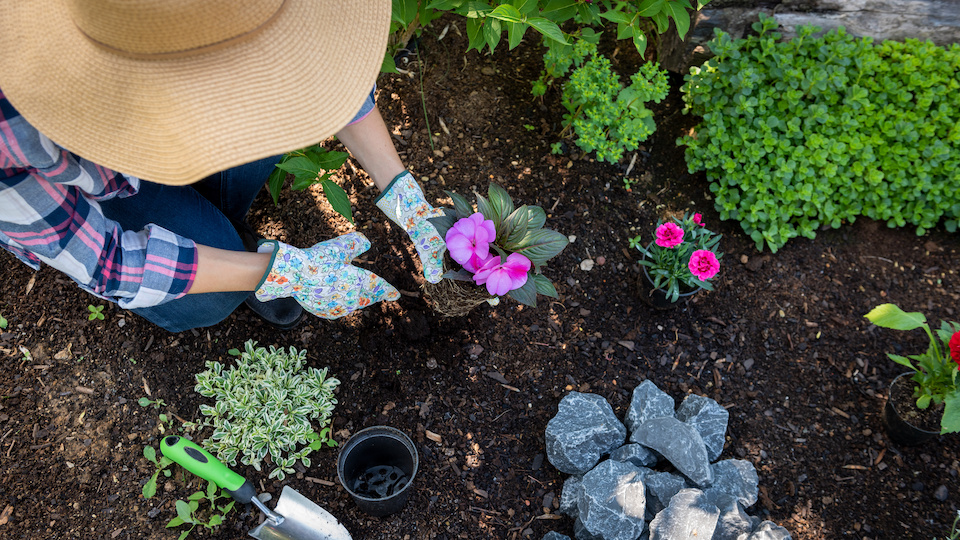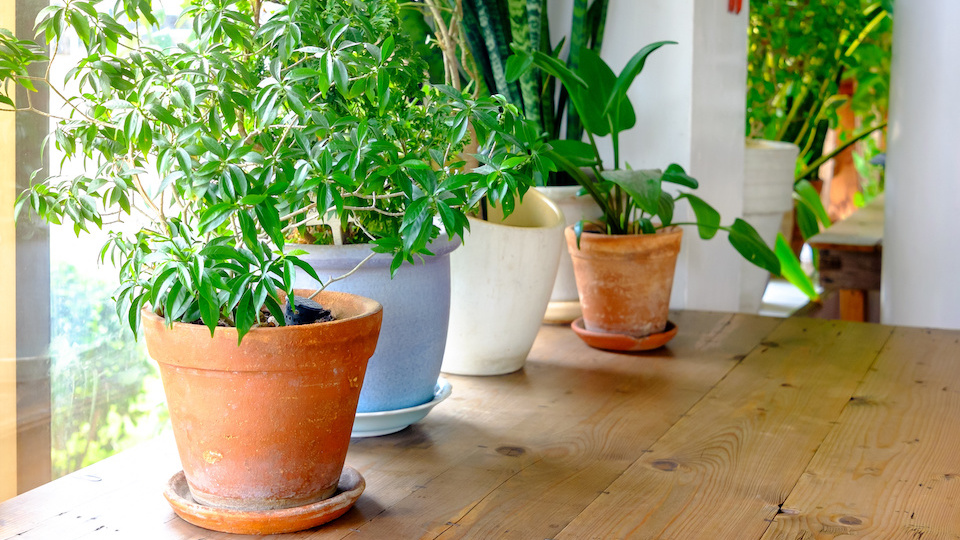Gardening Tips for Wacky Weather: Drought Resistant Plants
Drastically changing weather patterns can make it challenging for even the most skilled gardener to be successful. While at one time, seasons were relatively predictable – the same can not always be said for today’s strange weather outbursts.













